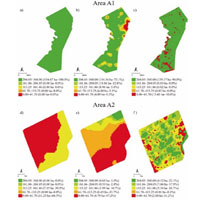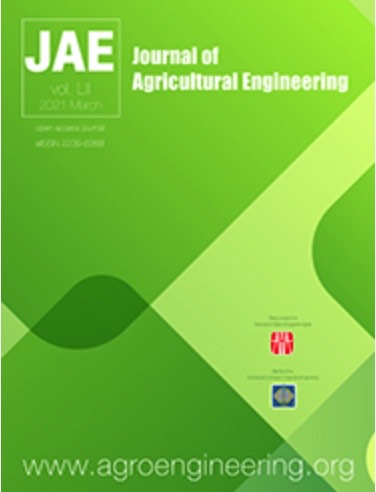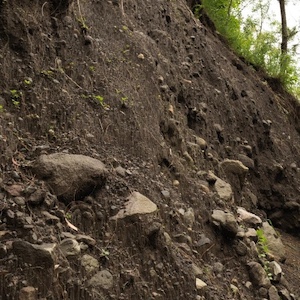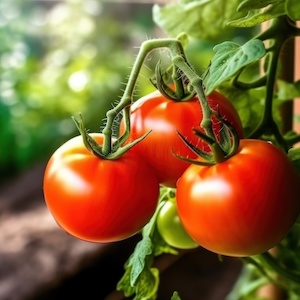Comparative analysis of soil-sampling methods used in precision agriculture

All claims expressed in this article are solely those of the authors and do not necessarily represent those of their affiliated organizations, or those of the publisher, the editors and the reviewers. Any product that may be evaluated in this article or claim that may be made by its manufacturer is not guaranteed or endorsed by the publisher.
Authors
The aim of this study was to compare three different soil-sampling methods used in Precision Agriculture and their environmental impact on agricultural production. The sampling methods used were: zone management by elevation, grid sampling (GS) and sampling oriented by apparent soil electrical conductivity (OS). Three different fields were tested. When the recommendations were compared, a significant difference among the suggested doses was observed. This indicated the need to improve the soil-sampling techniques, since there were doubts about input deficits or overdoses, regardless of the technology studied. The GS method was the most environmentally viable alternative for phosphorus (P) compared to other methods and the OS presented as the better option for potassium (K) and nitrogen (N). However, the use of soil sensors appeared to be a viable technology that needs further improvement in order to improve productivity and, hence, economic and environmental benefits.
How to Cite

This work is licensed under a Creative Commons Attribution-NonCommercial 4.0 International License.














